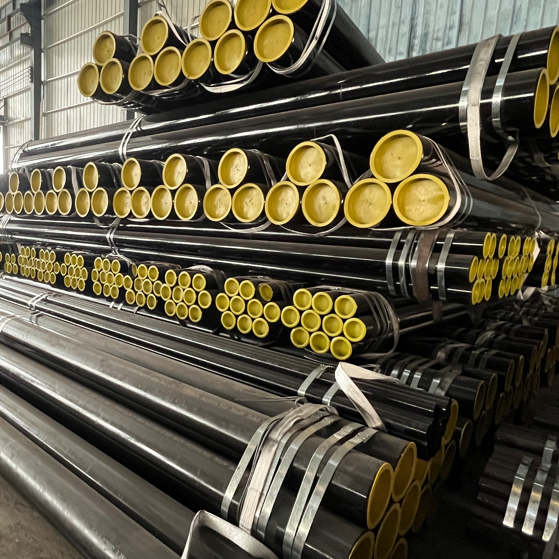(1) Due to the presence of dirt, scratches, dents, pits, or double skin defects on the surface of the ASTM A213 TP 321/321H stainless steel seamless pipe blank processed, these defects are amplified during the cold forming process with the deformation of the blank, directly leading to product fouling and corrosion. Scratches on the mold and local cracking of the product greatly reduce the yield rate. Therefore, before forming and processing, it is necessary to carefully inspect the surface condition of the blank to ensure its cleanliness and absence of surface defects before proceeding with processing.
(2) Due to the dirt and dirt on the forming mold and work platform, the metal debris attached to the surface cannot be removed in a timely manner, resulting in the appearance of dirt, rust, pits, scratches, and other phenomena on the surface of ASTM A213 TP 321/321H stainless steel seamless pipes during processing. To avoid this phenomenon, it is necessary to regularly repair and polish the processing molds to ensure their smooth and clean working surface. Meanwhile, the processing equipment and workshop must be kept clean.
(3) Some forming processes can cause sliding contact between metals. Local high pressure during the forming process can damage the passivation film that protects ASTM A213 TP 321/321H stainless steel seamless pipes, and there may be a risk of cold welding the unprotected stainless steel surface to the tool surface. When the solder joint breaks in the next sliding step, tools and mold surfaces that have been contaminated by debris will cause serious scratches on the stainless steel surface. This requires ensuring the good condition of the molding equipment, while requiring operators to be proficient in the process, operate with care, and avoid material slipping.
(4) Stainless steel has high strength, and austenitic stainless steel also has obvious cold work hardening performance. If the deformation during the cold forming process of ASTM A213 TP 321/321H stainless steel seamless pipe is too large, it will cause the workpiece to fracture, and even damage the mold and machine equipment. Therefore, in the production process, the hardness of the workpiece should be tested to maintain a reasonable amount of deformation, while ensuring product quality and meeting the needs of production efficiency.
(5) After cold processing, the surface passivation film of ASTM A213 TP 321/321H stainless steel seamless pipe will be damaged, and metal debris such as stamping oil and molds will also adhere to it, which is highly prone to corrosion. In order to ensure that the formed workpiece has good rust resistance and smoothness, it must be cleaned, degreased, and passivated. If possible, plastic film can be used to protect the surface of the workpiece.
The use of ASTM A213 TP 321/321H stainless steel seamless pipes continues to grow, and the application of stainless steel cold working forming technology is becoming more and more widespread. Appropriate molding processes should be selected based on different product characteristics to maximize production efficiency while ensuring product quality. Reduce production costs and purchase high-quality and affordable stainless steel products.
 Why should Seamless steel pipes be epoxy powder coated?
Why should Seamless steel pipes be epoxy powder coated?
 ASTM A106 Thick-walled steel pipe production steps
ASTM A106 Thick-walled steel pipe production steps
 Shengtian Group successfully participated in the Russian Oil and Gas Exhibition
Shengtian Group successfully participated in the Russian Oil and Gas Exhibition
 Is API 5L Black Steel Pipe Good For Air Lines?
Is API 5L Black Steel Pipe Good For Air Lines?